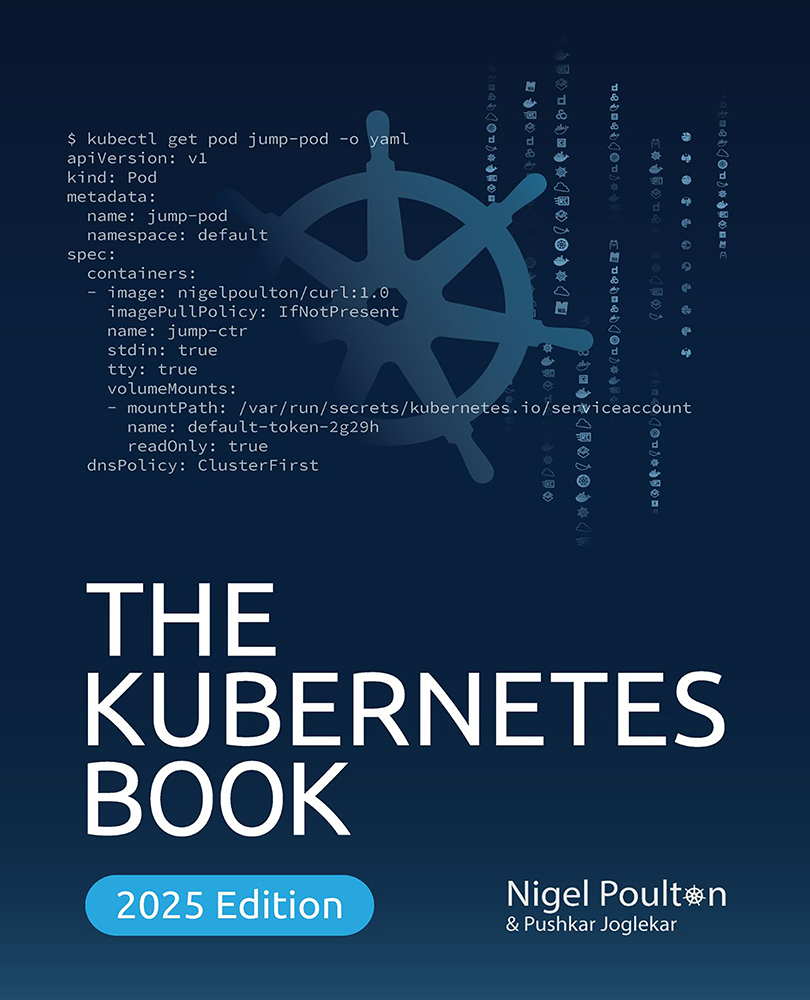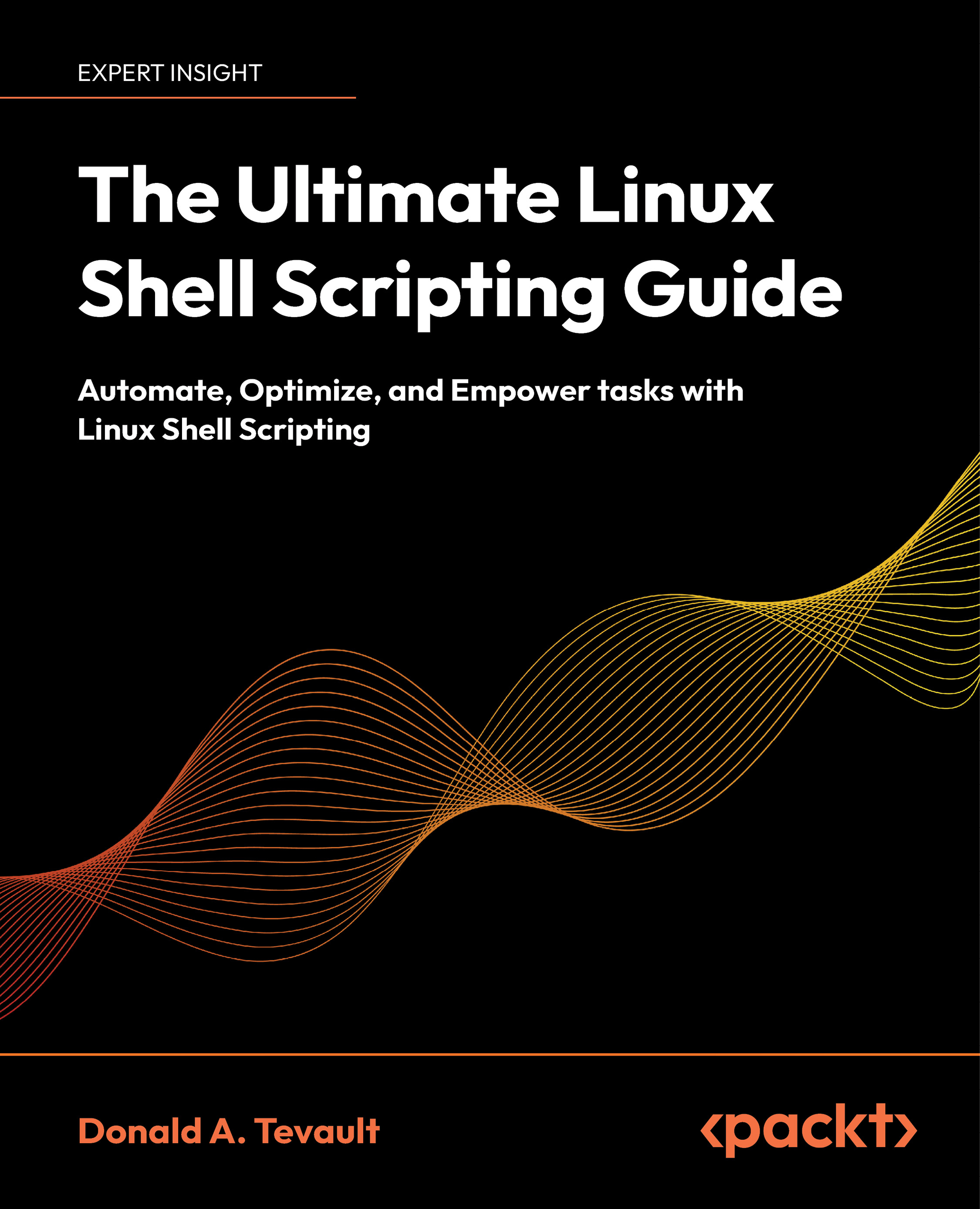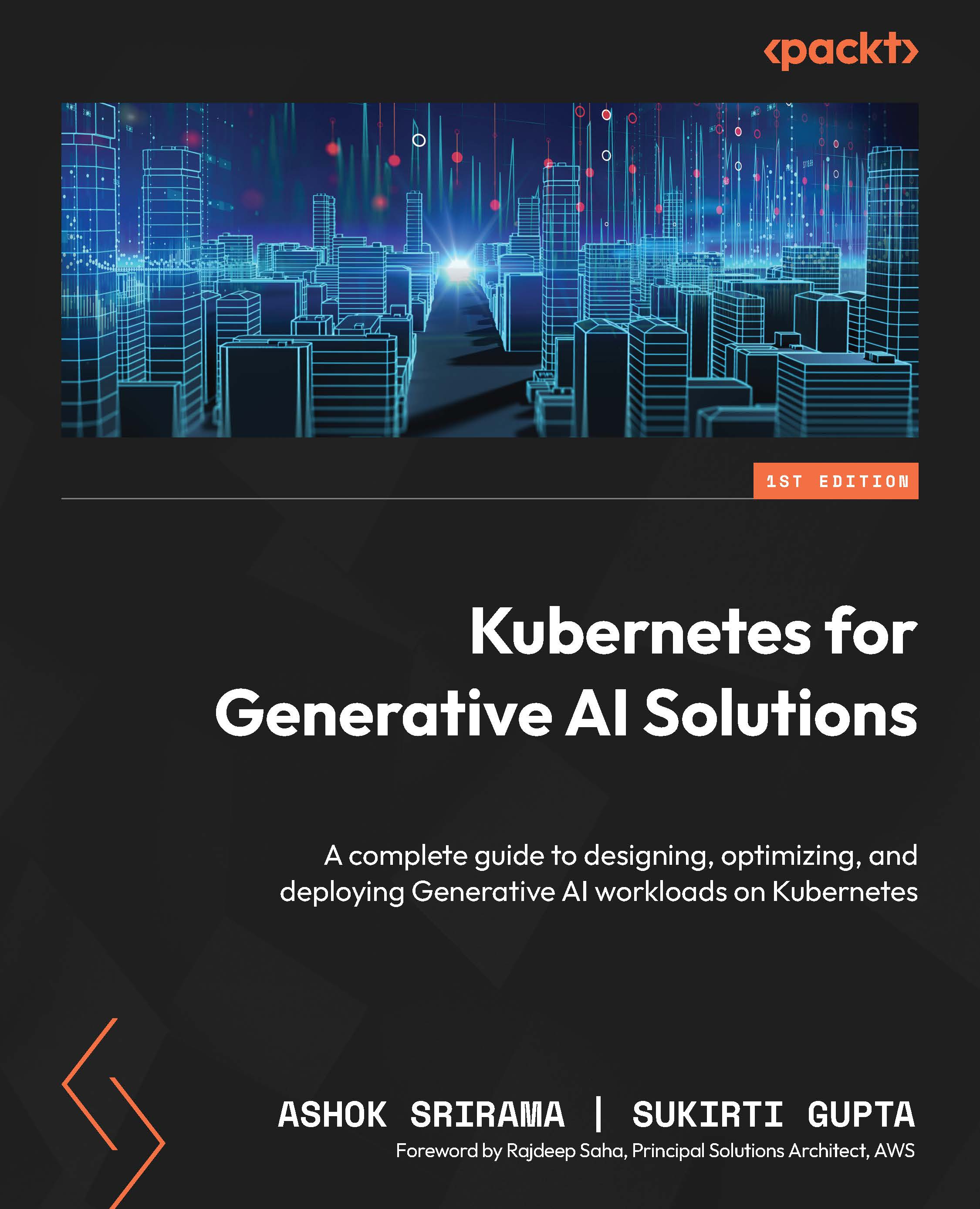-
Comprehensive coverage of Kubernetes fundamentals, deployments, and security
-
Hands-on exercises designed for real-world Kubernetes management scenarios
-
In-depth exploration of networking, Wasm integration, and security best practices
Kubernetes is a powerful container orchestration platform that enables efficient application deployment, scaling, and management. This book begins with foundational concepts, explaining Kubernetes architecture, control planes, worker nodes, and the declarative model. Readers will learn how to set up a Kubernetes environment using tools like Docker Desktop and cloud-based solutions.
The book then covers core operational topics, including Pods, Deployments, Namespaces, and Services, providing hands-on exercises to reinforce learning. Networking, storage, and security are explored in depth, with real-world examples of managing applications, configuring RBAC, and using ConfigMaps and Secrets. Advanced topics such as StatefulSets, the Kubernetes API, and service discovery offer insights into optimizing and securing Kubernetes workloads.
Security is a key focus, with chapters dedicated to API security, threat modeling, and real-world Kubernetes security practices. Readers will gain practical knowledge on securing clusters, managing access controls, and mitigating common threats. By the end, they will be equipped with the skills to deploy, scale, and secure Kubernetes environments effectively.
This book is designed for developers, DevOps engineers, and system administrators looking to understand Kubernetes. A basic understanding of containers and cloud computing is recommended but not required.
-
Understand Kubernetes fundamentals and core components
-
Deploy and manage applications using Kubernetes
-
Configure and troubleshoot Kubernetes networking
-
Secure Kubernetes workloads with RBAC and best practices
-
Implement Namespaces for multi-tenant environments
-
Leverage StatefulSets for persistent applications
 United States
United States
 Great Britain
Great Britain
 India
India
 Germany
Germany
 France
France
 Canada
Canada
 Russia
Russia
 Spain
Spain
 Brazil
Brazil
 Australia
Australia
 South Africa
South Africa
 Thailand
Thailand
 Ukraine
Ukraine
 Switzerland
Switzerland
 Slovakia
Slovakia
 Luxembourg
Luxembourg
 Hungary
Hungary
 Romania
Romania
 Denmark
Denmark
 Ireland
Ireland
 Estonia
Estonia
 Belgium
Belgium
 Italy
Italy
 Finland
Finland
 Cyprus
Cyprus
 Lithuania
Lithuania
 Latvia
Latvia
 Malta
Malta
 Netherlands
Netherlands
 Portugal
Portugal
 Slovenia
Slovenia
 Sweden
Sweden
 Argentina
Argentina
 Colombia
Colombia
 Ecuador
Ecuador
 Indonesia
Indonesia
 Mexico
Mexico
 New Zealand
New Zealand
 Norway
Norway
 South Korea
South Korea
 Taiwan
Taiwan
 Turkey
Turkey
 Czechia
Czechia
 Austria
Austria
 Greece
Greece
 Isle of Man
Isle of Man
 Bulgaria
Bulgaria
 Japan
Japan
 Philippines
Philippines
 Poland
Poland
 Singapore
Singapore
 Egypt
Egypt
 Chile
Chile
 Malaysia
Malaysia










